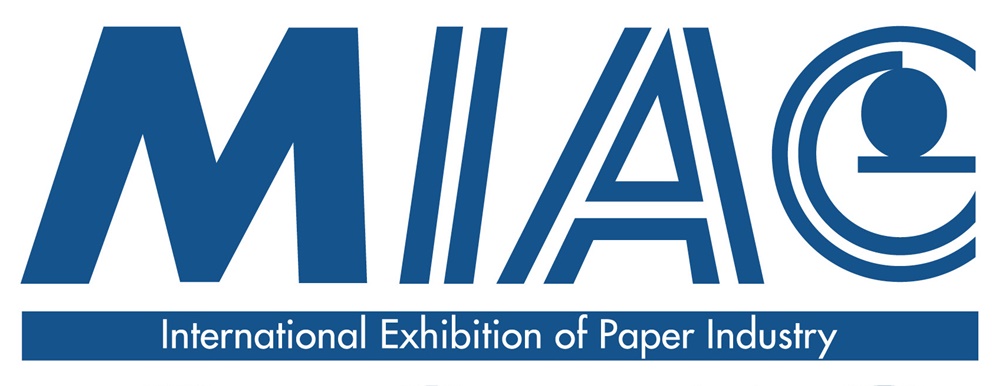NEWS
Improved printability reduces unnecessary wastage
In order to create competitive packaging, print quality needs to be sufficiently high and give a uniform appearance between different packages. This can be achieved without unnecessary wastage if the board material has similar properties and behaves as expected in the printing press, according to a new licentiate thesis from Vipp industrial graduate school at Karlstad University.
Packaging is an important part of a product, and protects and preserves its contents. It should also provide information about the contents and invite potential buyers to make a purchase. If the board material contributes towards satisfactory print quality being achieved quickly and easily, it will be possible to use a greater proportion of all board that is manufactured and transported to printers, and less waste will therefore be generated.
To ensure that board will work well during printing, its properties are checked when it is produced. This production control could become even better if the way in which the board will absorb printing ink is also monitored, in addition to ensuring that the surface is sufficiently smooth.
In her licentiate studies carried out at Innventia, Sofia Thorman has developed a new method that can be used to check how evenly board absorbs liquid. Previously, there was no technique available to carry out this type of measurement.
Sofia used the new method to study coated board material used for liquid packaging such as milk and juice cartons. The results suggest that an uneven absorption of printing ink can lead to images and text having a mottled appearance with an uneven structure. This could explain why printing problems sometimes arise despite the board surface being smooth.
“The method looks promising in the studies we’ve carried out so far,” says Sofia. “I look forward to carrying out trials on a larger scale, in order to confirm that the technique can provide valuable information for board manufacturing at Swedish mills.”
“These methods were used within the Tools to Predict Flexographic Print Quality for Packaging research cluster, which was concluded in December 2014, and will also be of benefit in the recently launched Boosting Packaging Performance programme,” adds Anita Teleman, Research Manager for Printing Solutions at Innventia.
The work was carried out at Innventia within the Vipp (Values Created in Fiber Based Processes and Products) industrial graduate school at Karlstad University, with support from the KK Foundation. Sofia Thorman received her licentiate degree on 5 March 2015 with her thesis “Absorption non-uniformity characterisation and its impact on flexographic ink distribution of coated packaging boards”.








